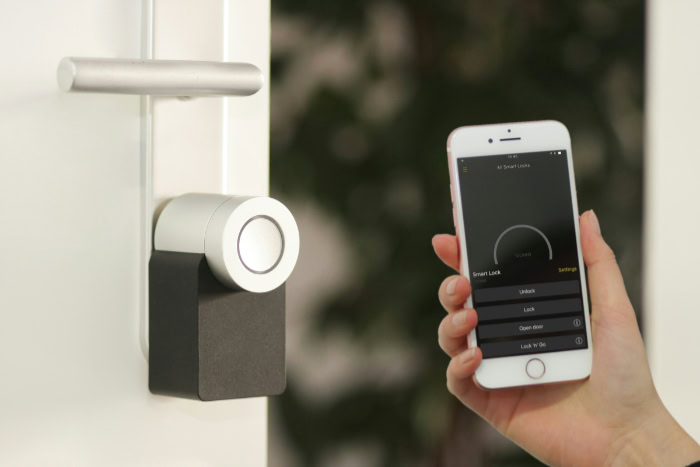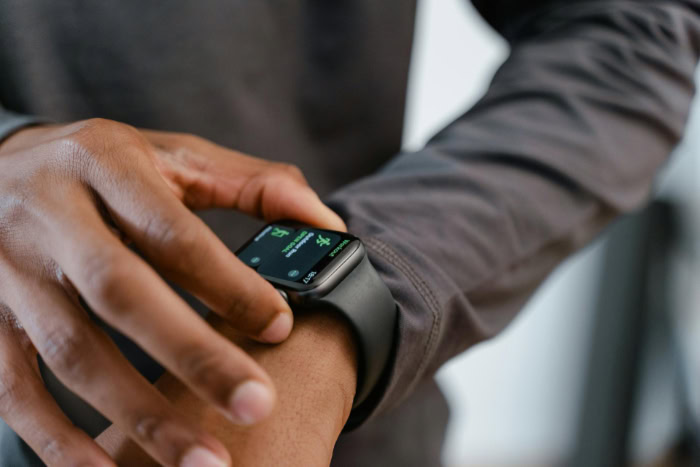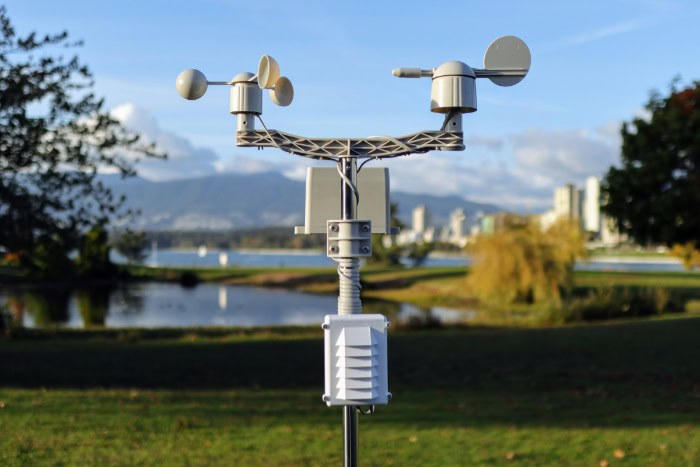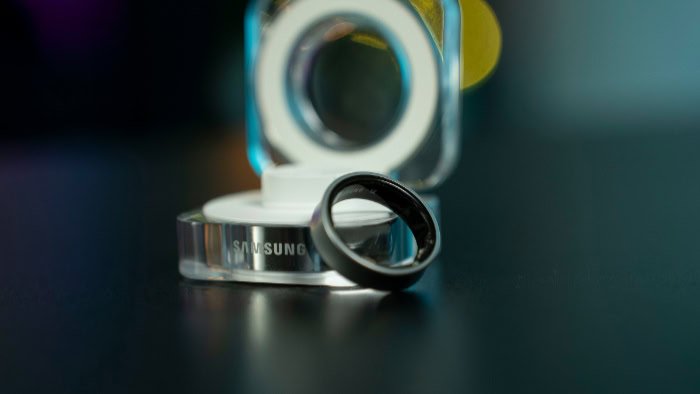Pros and Cons of the Internet of Things (IoT)

Smart refrigerators that order groceries, wearable devices tracking vital signs, and cities that adjust traffic lights on the fly—these are just a few ways the Internet of Things, or IoT, is reshaping daily life and work. As billions of devices link together, homes, workplaces, and even entire industries are reimagining what efficiency and convenience look like.
Yet, as excitement grows, so do concerns about security gaps, privacy issues, and social impacts.
Key Benefits of IoT Adoption
As more devices connect and share information, the Internet of Things has become a powerful force for progress in many areas of life. The ability to automate processes, gather data, and manage resources more intelligently has opened new doors for individuals and industries alike.
From homes that run more smoothly to large organizations saving money and energy, IoT’s advantages are shaping a smarter, more efficient future.
Automation and Operational Efficiency
IoT devices help organizations and households automate tasks that once required manual effort, resulting in smoother operations and significant time savings. In manufacturing, sensors can predict equipment failures early, allowing for timely maintenance that prevents costly downtime.
Smart grids in energy systems adjust power distribution based on real-time data, reducing waste and maximizing savings. Even in day-to-day environments like offices and commercial centers, connected devices handle routine tasks, freeing people to focus on more meaningful work.
The synchronization of these systems leads to streamlined workflows and higher operational efficiency across many sectors.
Enhanced Data Analytics
The constant stream of information from connected devices creates new possibilities for data analysis. Hospitals can monitor patients with wearable medical devices, enabling prompt responses to changes in health status.
Farms use sensors to track soil conditions and livestock in real time, boosting crop yields and animal welfare. Logistics companies manage fleets and shipments with greater precision, reducing delays and losses.
Access to data as it happens empowers organizations to make better decisions, uncover trends, and act on insights quickly, ultimately improving outcomes for everyone involved.
Quality of Life Improvements
IoT technology brings tangible benefits to everyday living, making routines simpler and safer. Smart homes offer features like automated lighting, climate control, security systems, and voice assistants, all tailored to personal preferences and needs.
Wearable health trackers monitor heart rate, sleep patterns, and activity levels, alerting users to potential issues before they become serious. For many, these innovations provide reassurance, convenience, and even the chance to improve long-term wellness.
Environmental Sustainability
IoT contributes to protecting the environment by making resource management smarter and more adaptive. Efficient heating and cooling systems adjust settings based on occupancy and weather, conserving energy in residential and commercial buildings.
Water usage in agriculture can be reduced by monitoring soil moisture and customizing irrigation schedules, helping to prevent wastage. Connected transportation networks lower emissions by optimizing routes and encouraging eco-friendly driving habits.
Each of these applications supports a more sustainable approach to resource use, benefiting both people and the planet.
Critical Challenges and Risks

IoT’s promise of smarter homes, efficient industries, and better experiences comes with complex challenges that cannot be ignored. The more devices connect, the wider the risks spread, touching everything from personal privacy to social structures.
Addressing these issues is crucial for those seeking to benefit from IoT without falling victim to its pitfalls.
Security Vulnerabilities
Connected devices can sometimes become easy targets for cybercriminals. Many IoT products lack strong encryption, making them vulnerable to hacking attempts that could compromise sensitive information or disrupt essential services.
Weak security also opens the door for cyberattacks such as botnets, where networks of hijacked devices overwhelm systems, affecting large-scale infrastructure and personal safety. Ensuring that every device, from a smart thermostat to an industrial sensor, is properly secured presents an ongoing challenge for users and manufacturers alike.
Privacy Concerns
Personal information travels across IoT networks every day, raising serious questions about who controls and accesses that data. Devices may collect details such as location, health metrics, or even biometric identifiers, sometimes without fully transparent consent.
The sheer volume of data moving between devices makes it difficult to ensure that users’ rights are always respected. Tension often arises between the convenience of smart technology and the need to protect individual privacy, leading to ethical debates over data ownership and responsible usage.
Technical Limitations
A seamless IoT experience depends on different devices and systems working well together, yet that is not always a given. Compatibility issues often hamper communication between gadgets made by different brands or operating on different platforms, limiting the full potential of connected environments.
Network reliability can also pose problems, especially in remote locations where connectivity is less stable. Delays or lost connections can disrupt automated systems or reduce the accuracy of real-time monitoring, affecting productivity and user satisfaction.
Economic and Social Impacts
Widespread adoption of IoT does not come without financial and social consequences. Setting up smart systems often requires significant upfront investment in new infrastructure and comprehensive training for staff.
Smaller businesses or communities may struggle to afford these costs, deepening existing inequalities. In some sectors, automation leads to job displacement as machines take over tasks traditionally performed by people.
While new opportunities may arise, the transition period can be difficult for those whose roles become obsolete, highlighting the importance of thoughtful planning and support.
Industry-Specific Applications and Trade-Offs

IoT technology has found its way into a variety of fields, bringing new opportunities while also introducing complex challenges. Each industry faces its own unique set of trade-offs, weighing the benefits of greater efficiency and intelligence against concerns over safety, privacy, and complexity.
Healthcare
Healthcare is experiencing a shift as connected devices enter hospitals, clinics, and homes. Remote patient monitoring allows doctors to keep track of vital signs and symptoms without requiring frequent office visits, making care more accessible for those with chronic conditions or mobility issues.
Smart devices can alert medical professionals to sudden changes, potentially saving lives and improving outcomes.
However, as more personal health information travels over networks, concerns about data security and privacy grow. Medical records are valuable targets for cybercriminals, and a data breach could expose sensitive details or harm patient trust.
The growing use of AI-driven diagnostics also raises questions about overreliance on technology. While computers can sift through vast amounts of data for patterns, balancing algorithmic insight with professional judgment remains critical to safe, effective care.
Smart Cities
Urban environments benefit greatly from IoT, with connected systems managing everything from transportation to energy use. Traffic lights communicate with sensors to ease congestion and reduce commute times, while smart meters help lower utility costs by tracking real-time consumption.
These applications not only improve efficiency, but also help cities operate in environmentally friendly ways.
Not all effects are positive, however. Enhanced monitoring for traffic optimization and public safety can increase surveillance, raising questions about how much personal data is collected and who controls it.
Privacy concerns become especially sensitive when cameras and sensors track movements or behaviors in public spaces. Balancing the drive for greater efficiency and security against the need for individual privacy is a central issue for urban planners and policymakers.
Manufacturing
Factories and production lines have embraced IoT to improve reliability and output. Predictive maintenance uses sensor data to identify equipment issues before they cause breakdowns, reducing downtime and saving money.
Real-time tracking also brings greater transparency to the supply chain, helping companies respond quickly to disruptions and manage inventory with precision.
Despite the potential, new risks emerge as factories become more connected. Cybersecurity threats can target entire production systems, causing significant financial and reputational damage.
Implementation is rarely straightforward, as integrating IoT into existing facilities demands technical expertise and careful planning. The added complexity may present barriers for smaller firms or those lacking resources, making support and guidance essential for adoption.
Strategies for Mitigating IoT Risks

Addressing the challenges of IoT adoption demands practical strategies that balance innovation with responsibility. As devices connect and share more information, risks to security, privacy, and reliability increase.
Well-designed protections and clear policies help build trust and create a safer environment for both individuals and businesses.
Strengthening Security Frameworks
Robust security is the backbone of safe IoT adoption. Manufacturers and users must prioritize strong encryption to protect data as it travels between devices and networks.
Regular firmware updates are also vital, patching software vulnerabilities that could otherwise leave systems open to attacks. Segmenting networks so that critical systems are isolated from less secure areas greatly reduces the risk that a single compromised device will lead to larger-scale problems.
Ongoing security assessments and investment in advanced threat detection contribute to a safer IoT environment.
Standardization and Interoperability
The IoT ecosystem involves countless devices built by different companies, each with its own technical specifications. Universal protocols, like those used in smart homes, promote smoother communication between devices regardless of brand or platform.
Widespread adoption of shared standards makes setup, management, and upgrades less complicated for users and businesses. Collaboration between manufacturers and regulators is equally important, ensuring that devices comply with security benchmarks and work reliably together.
A standardized approach streamlines integration and raises the bar for device quality.
Ethical and Regulatory Considerations
The ethical use of IoT technology centers on transparency and accountability. Users deserve clear information about what data is collected, how it is stored, and who can access it.
Transparent consent mechanisms build trust, allowing individuals to manage their preferences and opt out when desired. Policies that enforce data minimization help protect privacy by requiring companies to gather only what is truly necessary.
Regulatory oversight holds organizations accountable, setting guidelines for data protection, ethical AI use, and responsible innovation. Combining ethical design with strong regulation supports both individual rights and the long-term success of IoT.
Conclusion
IoT has opened the door to smarter homes, more efficient industries, and improved quality of life, demonstrating its transformative potential across every corner of society. Automation, real-time data, and intelligent resource management promise exciting new conveniences and opportunities for growth.
However, security vulnerabilities, privacy concerns, technical challenges, and social impacts remind us that risks must be taken seriously. Moving forward, a balanced approach is crucial.
Prioritizing robust security, upholding ethical practices, and building clear, user-focused regulations will help ensure that the benefits of IoT are realized safely and equitably. Only with thoughtful adoption can IoT truly enhance lives while protecting the values and safety of everyone it touches.


